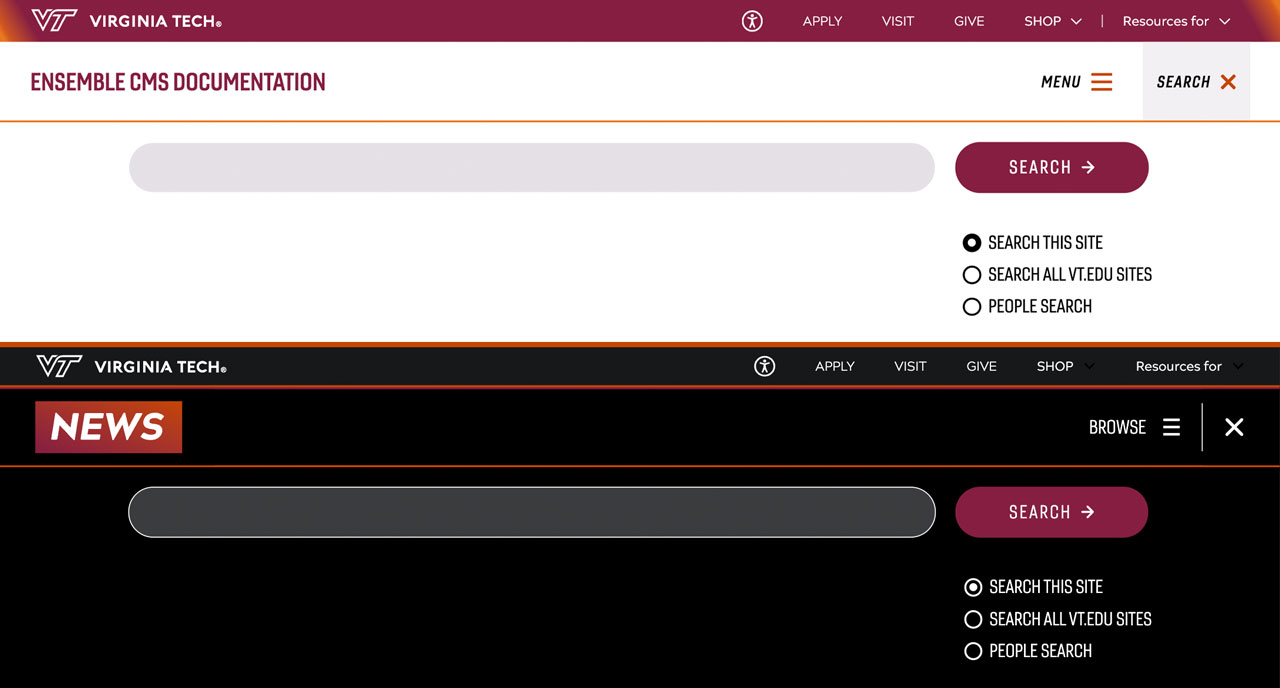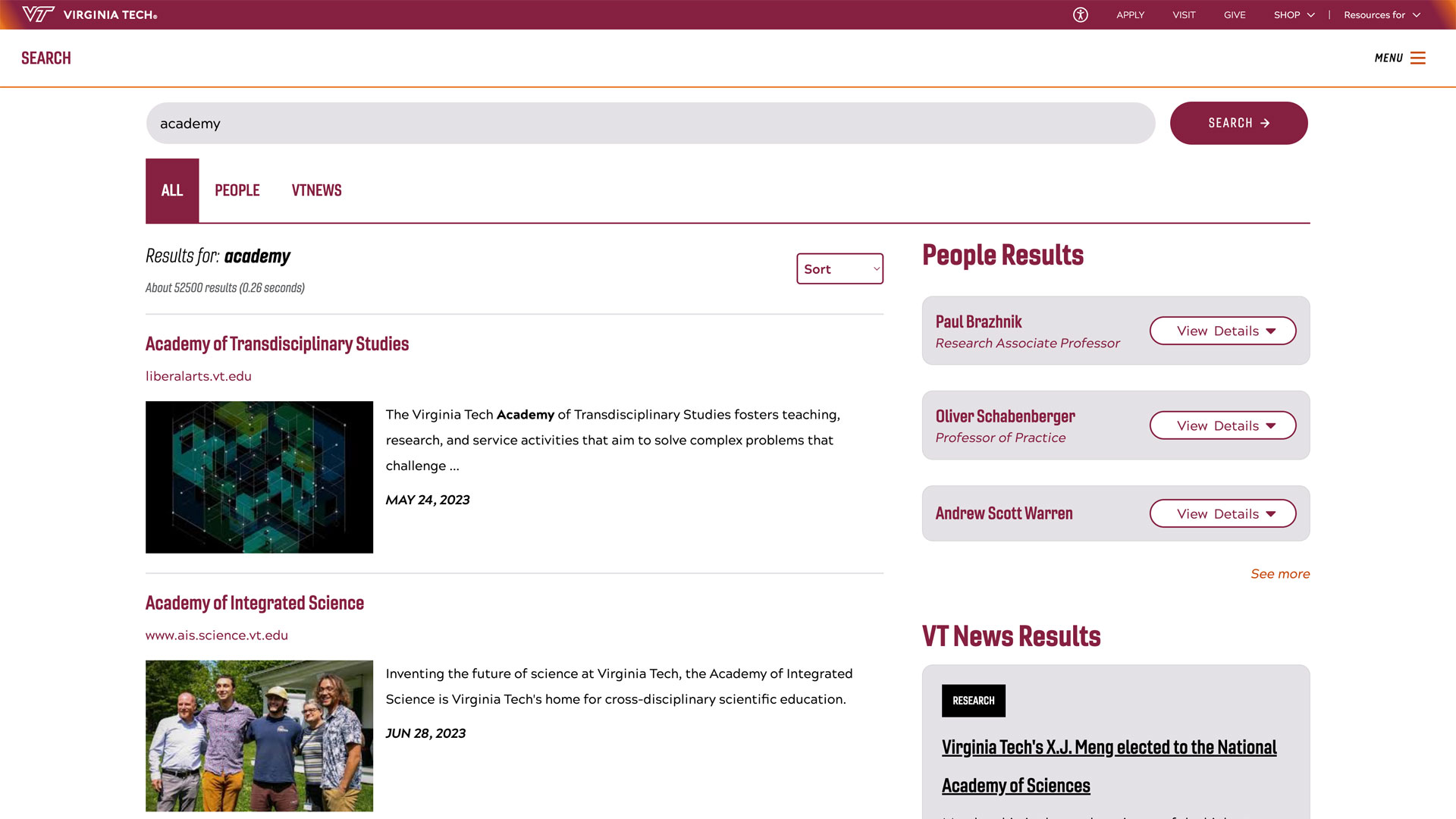Public Safety Division provides new ways to access, manage AEDs
Funding from the university now supports costs and replacements of automated external defibrillators across all Virginia Tech facilities.

Virginia Tech is committed to the health and safety of its students, faculty, staff, and visitors. According to the American Heart Association more than 350,000 people in the United States experience cardiac arrest outside of a hospital each year, with sudden cardiac arrest affecting more than 250,000 individuals annually.
The response time by emergency medical services (EMS) personnel is often more than the nationally accepted ideal time for defibrillation following an episode of sudden cardiac arrest. The use of automated external defibrillators (AED) does not replace the care provided by EMS but is meant to provide a lifesaving bridge during the first few minutes after sudden cardiac arrest. Virginia Code 8.01-225 protects people who operate an AED at the scene of an emergency, in good faith, without compensation, and in a reasonable manner, from civil liability.
Developing a comprehensive network of AEDs provides community members with the tools to aid someone experiencing sudden cardiac arrest. There are currently over 300 AEDs across all Virginia Tech facilities with over 200 on the Blacksburg campus. Further expansion of the AED program will increase availability not only on the main campus but also regional campuses and Agricultural Research and Extension Centers.
With the increase in the number of AEDs installed over the last few years, the program has moved from a distributed management model to a centrally managed program implemented by the Public Safety Division. The benefits of a centralized program include life cycle management to maintain the highest level of readiness, monthly AED equipment checks, replacement of pads and batteries, tracking the activation of the AED devices, and evaluation of future AED locations. These program changes will apply to AEDs across Virginia Tech properties throughout Virginia, not just the Blacksburg campus. The division is working with a third-party vendor to upgrade AEDs across the enterprise to standardize equipment and maintenance. In the past, departments were responsible for the costs and replacements of AEDs. Now, this cost will not fall on the departments.
Virginia Tech Executive Vice President and Chief Operating Officer Amy Sebring and interim Associate Vice President for Public Safety Mike Mulhare are advocates for the AED program. “Under the leadership of Amy Sebring there has been an increased focus on centralizing key public safety initiatives to further enhance the services and resources provided to the Virginia Tech community,” said Mulhare.
Stop the Bleed kits will also be stocked in the cabinets with the AEDs. These kits are to only be used if there is a life-threatening emergency. Virginia Tech Emergency Management provides training on how to use the kits.
For more information about the Virginia Tech AED program, email AED@vt.edu. AED and CPR training is provided through Environmental Health and Safety and through the Virginia Tech Rescue Squad.
Learn more on the AED policy in place for Virginia Tech facilities.




